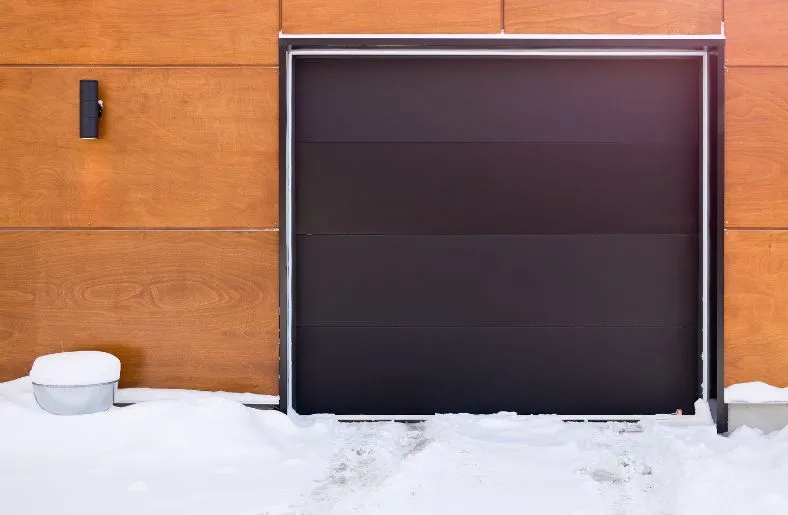Garage doors are an integral part of our homes, providing security, convenience, and protection for our vehicles and belongings. Proper maintenance of garage doors, including lubricating the springs, is essential to ensure their smooth operation and longevity.
In this comprehensive guide, we will explore the importance of lubricating garage door springs, the tools and materials you’ll need, and a step-by-step process of how to lubricate garage door springs for optimal performance.
Table of Contents
The Role of Garage Door Springs
Types of Garage Door Springs
Garage doors typically use two types of springs: torsion springs and extension springs. Torsion springs are mounted above the garage door and unwind to open the door, while extension springs are located above the horizontal tracks on either side of the door and stretch to provide lifting force.
Importance of Proper Lubrication
Garage door springs endure immense tension and friction during operation. Proper lubrication reduces friction, preventing wear and tear on the springs, cables, and other components. Regular lubrication not only ensures a smooth and quiet operation but also extends the lifespan of your garage door system.
Tools and Materials You’ll Need
Safety Gear
Before explaining the guide on how to lubricate garage door springs, ensure you have safety gear such as gloves and safety glasses to protect yourself from any debris or lubricant splatters.
Lubrication Tools and Accessories
- Silicone-based lubricant or white lithium grease
- Rags for cleaning
- Wrench or pliers for hardware inspection
- Sturdy ladder
- Cleaning solution and brush for stubborn dirt
Choosing the Right Lubrication Point
Identify the lubrication points on your garage door system, including the springs, rollers, hinges, and bearings. Each of these points plays a vital role in the smooth operation of your garage door.
Preparing Your Garage Door
Safety First: Disconnecting the Garage Door Opener
For safety reasons, disconnect the garage door opener to prevent any accidental activation during the lubrication process. This step ensures your safety and allows you to work on the springs without any interference.
Cleaning the Springs and Hardware
Use a cleaning solution and a brush to remove dirt, grime, and old lubricant from the springs and other hardware components. Clean surfaces allow the lubricant to penetrate effectively, ensuring optimal performance.
How to Lubricate Garage Door Springs: Step-by-Step Guide
Applying Lubricant to Torsion Springs
- Step 1: Ensure the door is closed.
- Step 2: Apply lubricant sparingly to the coils of the torsion springs. Use a rag to catch any excess lubricant.
- Step 3: Manually open and close the door a few times to distribute the lubricant evenly.
Lubricating Extension Springs
- Step 1: Ensure the door is open and secured in place.
- Step 2: Apply lubricant to the springs, pulleys, and safety cables if present.
- Step 3: Extend and retract the door several times to distribute the lubricant.
Lubricating Other Moving Parts: Rollers, Hinges, and Bearings
- Step 1: Apply lubricant to the rollers, hinges, and bearings. Rollers have ball bearings inside that also need lubrication.
- Step 2: Ensure all moving parts are coated evenly.
- Step 3: Open and close the door several times to allow the lubricant to penetrate the moving parts thoroughly.
Related Guide: Is Vaseline a Good Lubricant for Rubber? A Comprehensive Guide (2023-2024)
Conclusion
Properly lubricating your garage door springs and associated components is a fundamental part of garage door maintenance. It not only ensures the smooth and quiet operation of your door but also extends its lifespan. By following the step-by-step guide on how to lubricate garage door springs outlined above, you can maintain a well-functioning garage door that provides convenience, security, and peace of mind for years to come.
Remember that safety should always be a priority, and when in doubt, consult a professional for expert assistance in maintaining your garage door system.

